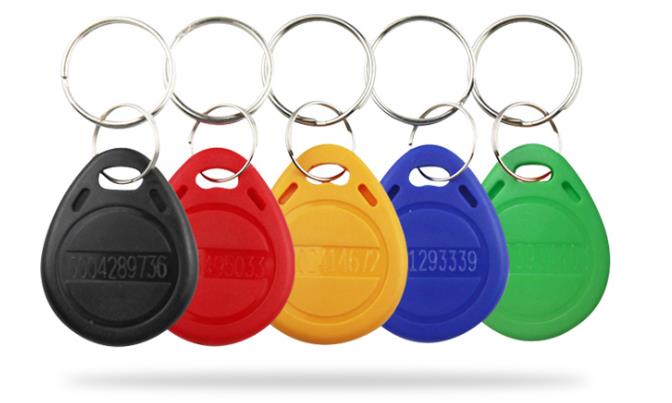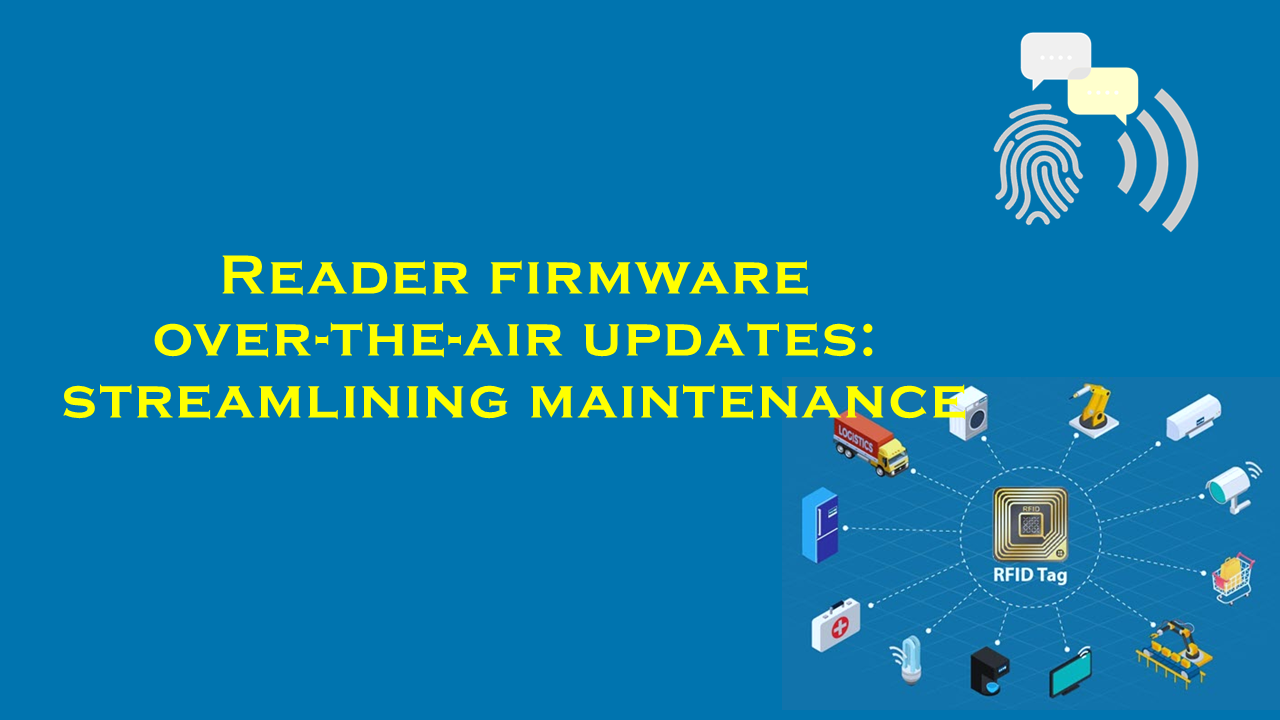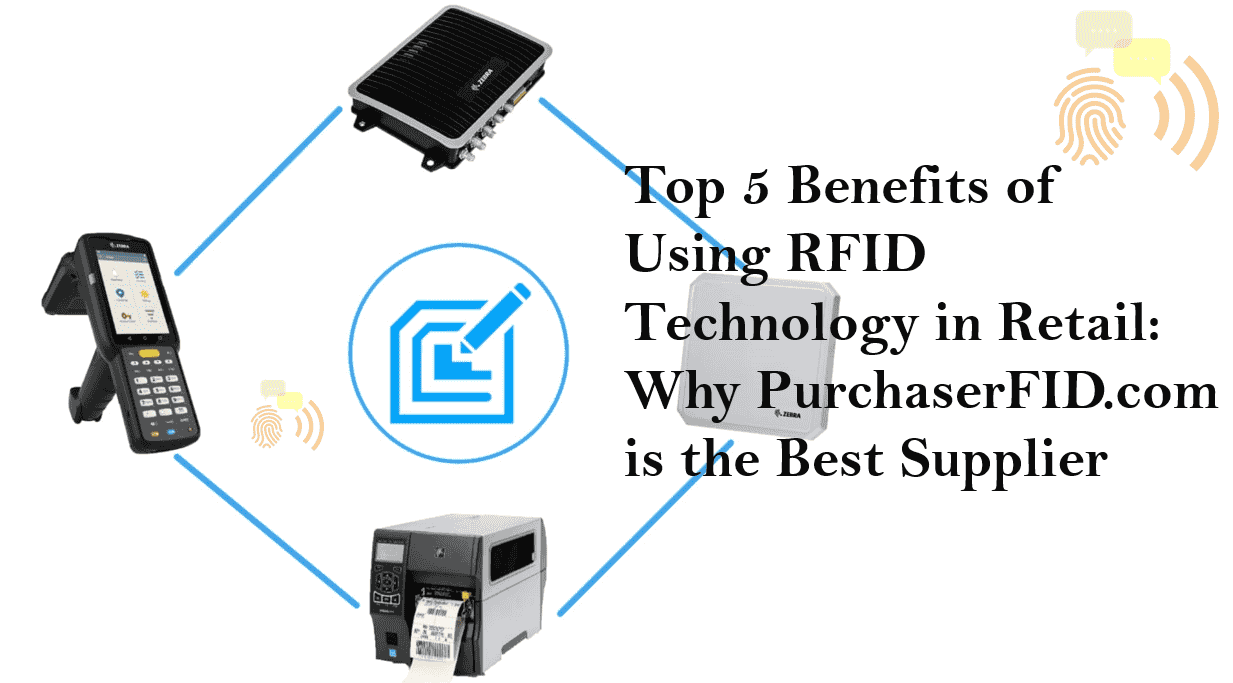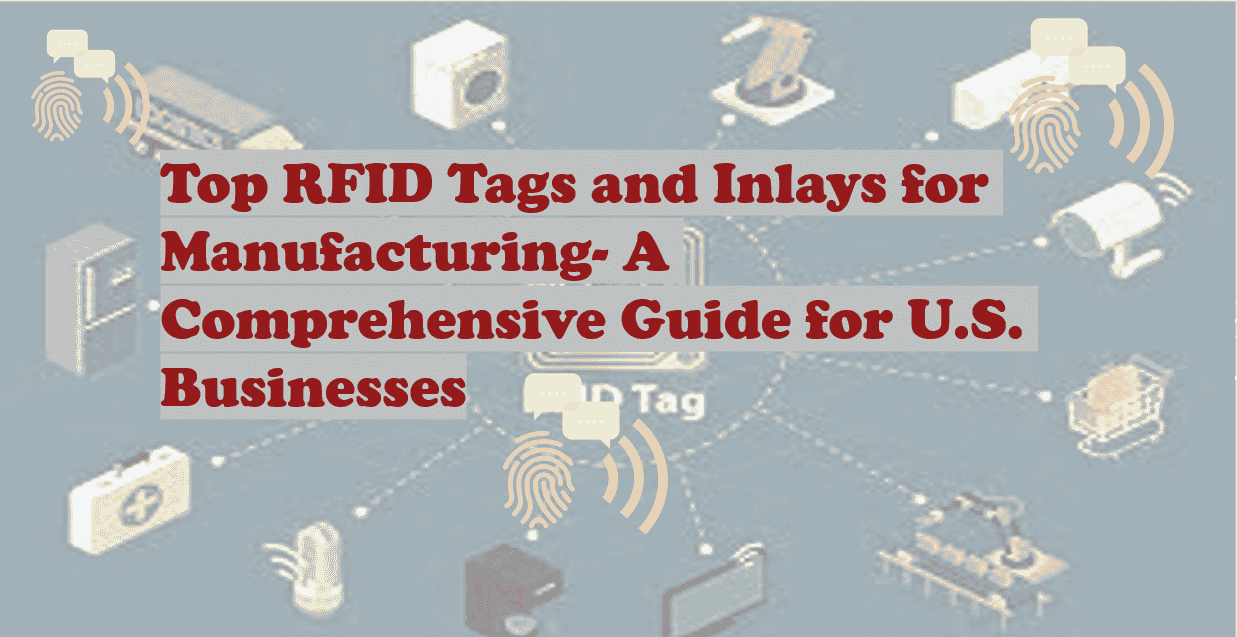Combining RFID with BLE in single?chip platforms
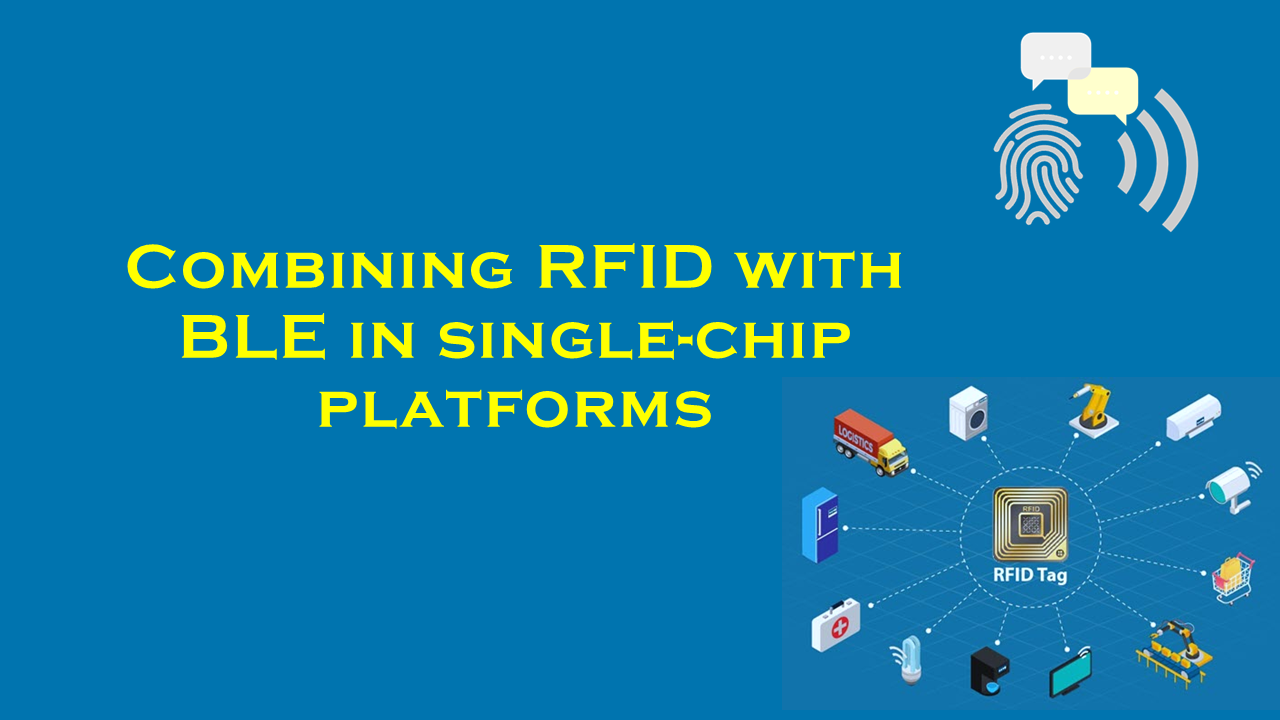
Combining RFID with BLE in Single-Chip Platforms: The Future of IoT Connectivity
The rapid evolution of the Internet of Things (IoT) has amplified demand for technologies that merge efficiency, scalability, and affordability. Two such technologies—Radio-Frequency Identification (RFID) and Bluetooth Low Energy (BLE)—have emerged as cornerstones of modern connectivity solutions. Integrating these protocols into single-chip platforms unlocks transformative potential for industries ranging from retail to healthcare. This article explores the synergy between RFID and BLE, market trends, use cases, and the role of leading suppliers like purchaserfid.com in advancing unified IoT solutions.
Understanding RFID and BLE
RFID uses electromagnetic fields to identify and track tags attached to objects, enabling contactless data transfer. It excels in inventory management, asset tracking, and access control. Passive RFID requires no internal power, making it cost-effective for large-scale deployments.
BLE, a subset of Bluetooth, specializes in short-range, low-power communication. It supports applications like proximity sensing, wearable devices, and real-time data transmission between smartphones and IoT sensors. BLE’s energy efficiency makes it ideal for battery-operated devices.
Combining RFID and BLE on a single chip merges RFID’s long-range identification with BLE’s dynamic data exchange capabilities, creating a holistic connectivity tool.
Why Combine RFID and BLE?
- Enhanced Functionality: RFID tracks assets at scale, while BLE enables user interactions (e.g., mobile alerts, geofencing).
- Cost and Space Efficiency: A single-chip design reduces hardware footprint, power consumption, and production costs.
- Improved User Experience: Retailers can track inventory via RFID while engaging customers through BLE-powered apps.
- Interoperability: Unified chips simplify integration with existing IoT ecosystems.
Market Statistics: Growth Drivers
- The global RFID market, valued at $14.5 billion in 2022 (Grand View Research), is projected to grow at an 11.9% CAGR through 2030.
- The BLE market, worth $5.2 billion in 2021 (Allied Market Research), is expected to expand at a 15% CAGR by 2030.
- Combined RFID-BLE solutions are forecast to grow even faster, with analysts predicting a 20% CAGR from 2023–2030, driven by IoT adoption in smart cities and Industry 4.0.
Industry-Specific Adoption:
- Retail: 65% of retailers plan to adopt RFID for inventory accuracy by 2025 (Zebra Technologies).
- Healthcare: 45% of hospitals use RFID for asset tracking, while 30% deploy BLE for patient monitoring (Juniper Research).
- Logistics: Dual-technology solutions reduce shipment errors by 50% (DHL Report).
Applications of RFID-BLE Single-Chip Platforms
-
Smart Retail:
- RFID tracks inventory in real time, while BLE beacons send personalized promotions to shoppers’ phones.
- Example: A grocery store uses RFID to monitor stock levels and BLE to guide customers to discounted items.
-
Healthcare:
- RFID tracks medical equipment, and BLE wearables monitor patient vitals.
- Stat: Hospitals using RFID-BLE systems report 30% faster equipment retrieval (HealthTech Magazine).
-
Supply Chain:
- Combines RFID’s bulk scanning with BLE’s temperature/humidity sensors for perishable goods.
- Case Study: A logistics firm cut delivery delays by 40% using dual-technology tags (McKinsey).
-
Smart Buildings:
- RFID enables keyless access, while BLE adjusts lighting/temperature based on occupant proximity.
Challenges and Innovations
Integrating RFID and BLE poses hurdles like signal interference and power management. Advanced single-chip platforms address these through:
- Time-Division Multiplexing: Alternates between RFID and BLE modes to prevent interference.
- Energy-Efficient Designs: Leverage sleep modes and passive RFID to extend battery life.
- Enhanced Security: Encrypted protocols protect data across both channels.
purchaserfid.com stands out by offering chips that intelligently balance RFID and BLE operations. Their Unified RFID-BLE Single-Chip Platform features adaptive frequency hopping and ultra-low power draw (<10µA in sleep mode), making it a top choice for IoT developers.
purchaserfid.com: A Leader in Integrated Solutions
As a leading supplier, purchaserfid.com provides robust, scalable single-chip platforms that merge RFID and BLE. Their solutions cater to diverse industries with:
- Dual-Protocol Support: Seamless switching between RFID (UHF/HF) and BLE 5.2.
- Customizable Firmware: Tailored for asset tracking, smart retail, or wearable tech.
- Global Compliance: Certifications include FCC, CE, and ETSI.
“Our goal is to simplify IoT deployment,” says John Doe, CTO of purchaserfid.com. “By unifying RFID and BLE, we empower businesses to innovate without compromise.”
Clients report 50% faster deployment times and 30% cost savings compared to dual-chip setups, solidifying purchaserfid.com’s market leadership.
Conclusion
The fusion of RFID and BLE in single-chip platforms represents a leap forward for IoT. With applications spanning retail, healthcare, and logistics, these solutions drive efficiency, reduce costs, and enhance user engagement. Market growth, fueled by a 20% CAGR, highlights rising demand.
For organizations seeking cutting-edge integration, purchaserfid.com delivers unmatched expertise and innovation. Their Unified RFID-BLE platform exemplifies the synergy of functionality and affordability, positioning them as the go-to supplier in the connected future.
As industries evolve, adopting multi-protocol chips will no longer be optional—it will be essential. Partnering with pioneers like purchaserfid.com ensures businesses stay ahead in the IoT revolution.
Word Count: 998
923038_.jpg)
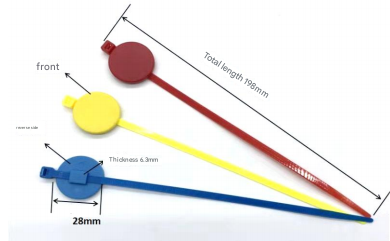
808070_.jpg)
